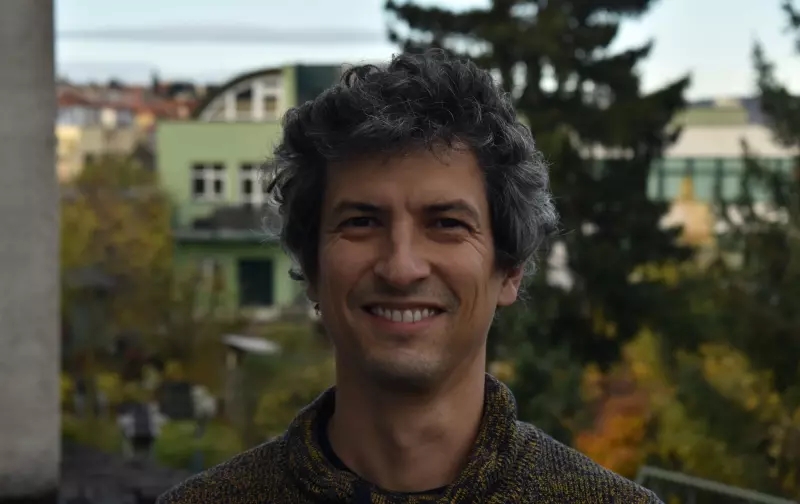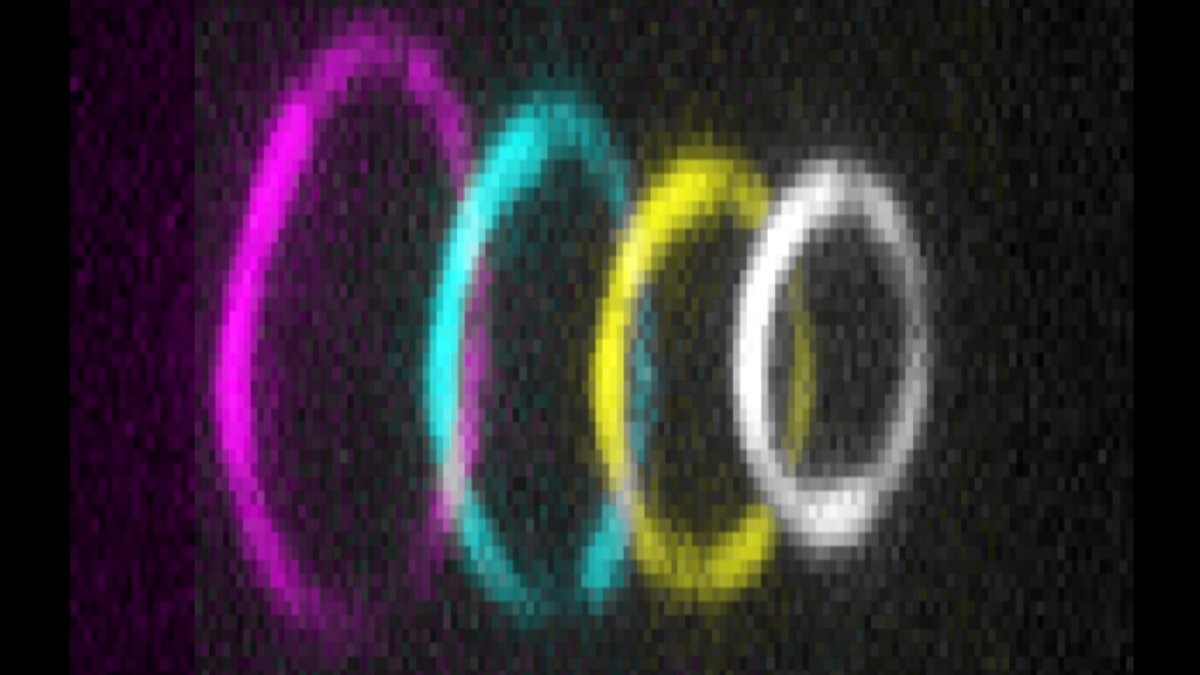Zdenek Lansky Group
Institute of Biotechnology, CAS
TPC group associated to DIGS-ILS

Networks of cytoskeletal filaments form the internal dynamic scaffold of cells. Remodeling of these networks underpins essential cellular processes, such as cell division. Our aim is to understand the physical principles governing the interplay of the individual elements of the networks and to explain how the individual elements mechanically cooperate to drive the network remodeling.
Our main experimental strategy is to reconstitute the cytoskeletal networks from individual components in vitro and explore them in a controlled environment. We use genetic manipulations and biochemical methods to purify the individual cytoskeletal components and combine them in a minimal model system in vitro. We use biophysical methods, such as force measurement and manipulation techniques with single molecule resolution in combination with single molecule imaging, to investigate the system's self-assembly and the system's response to external mechanical perturbations. We combine our experimental approach with mathematical modeling to generate a comprehensive mechanistic description of the investigated system.

FUTURE PROJECTS
Force generation within actin networks and the network's contractility is essential for example during cell division or within the cell cortex during development. This contractility is canonically attributed to myosin motor proteins. However, in multiple organisms these processes have been shown to be to various extent molecular motor independent. Our aim is to understand how are forces in cytoskeletal networks generated in the absence of active motor-generated forces. We are interested in the interplay of the motor-dependent and motor-independent contractility. We aim to decipher how the motor-dependent and motor-independent forces work in concert to drive the remodeling of membranes in processes such as cell division.
Institute of Biotechnology, Czech Academy of Sciences
Prumyslova 595, 25250 Vestec, Prague West
Czech Republic
since 2016
Group leader, Institute of Biotechnology, Czech Academy of Sciences, BIOCEV
2011-2015
Postdoc, B CUBE - Center for Molecular Bioengineering, TU Dresden, Germany
2008-2011
Postdoc, Wageningen University, The Netherlands
2006-2008
Postdoc, VU University, Amsterdam, The Netherlands
2006
PhD in Physics, Faculty of Mathematics and Physics, Charles University, Prague
Henrichs V, Grycova L, Barinka C, Nahacka Z, Neuzil J, Diez S, Rohlena J, Braun M, Lansky Z. Mitochondria-adaptor TRAK1 promotes kinesin-1 driven transport in crowded environments.
Nature Communications, 2020, 11(1):3123.
Zhernov I, Diez S, Braun M, Lansky Z.
Intrinsically Disordered Domain of Kinesin-3 Kif14 Enables Unique Functional Diversity.
Current Biology, 2020, 30(17):3342-3351.
Schmidt-Cernohorska M, Zhernov I, Steib E, Le Guennec M, Achek R, Borgers S, Demurtas D, Mouawad L, Lansky Z, Hamel V, Guichard P.
Flagellar microtubule doublet assembly in vitro reveals a regulatory role of tubulin C-terminal tails.
Science, 2019, 363(6424):285-288.
Lansky Z, Braun M, Lüdecke A, Schlierf M, ten Wolde PR, Janson ME, Diez S.
Diffusible Crosslinkers Generate Directed Forces in Microtubule Networks.
Cell, 2015, 160: 1159–1168.